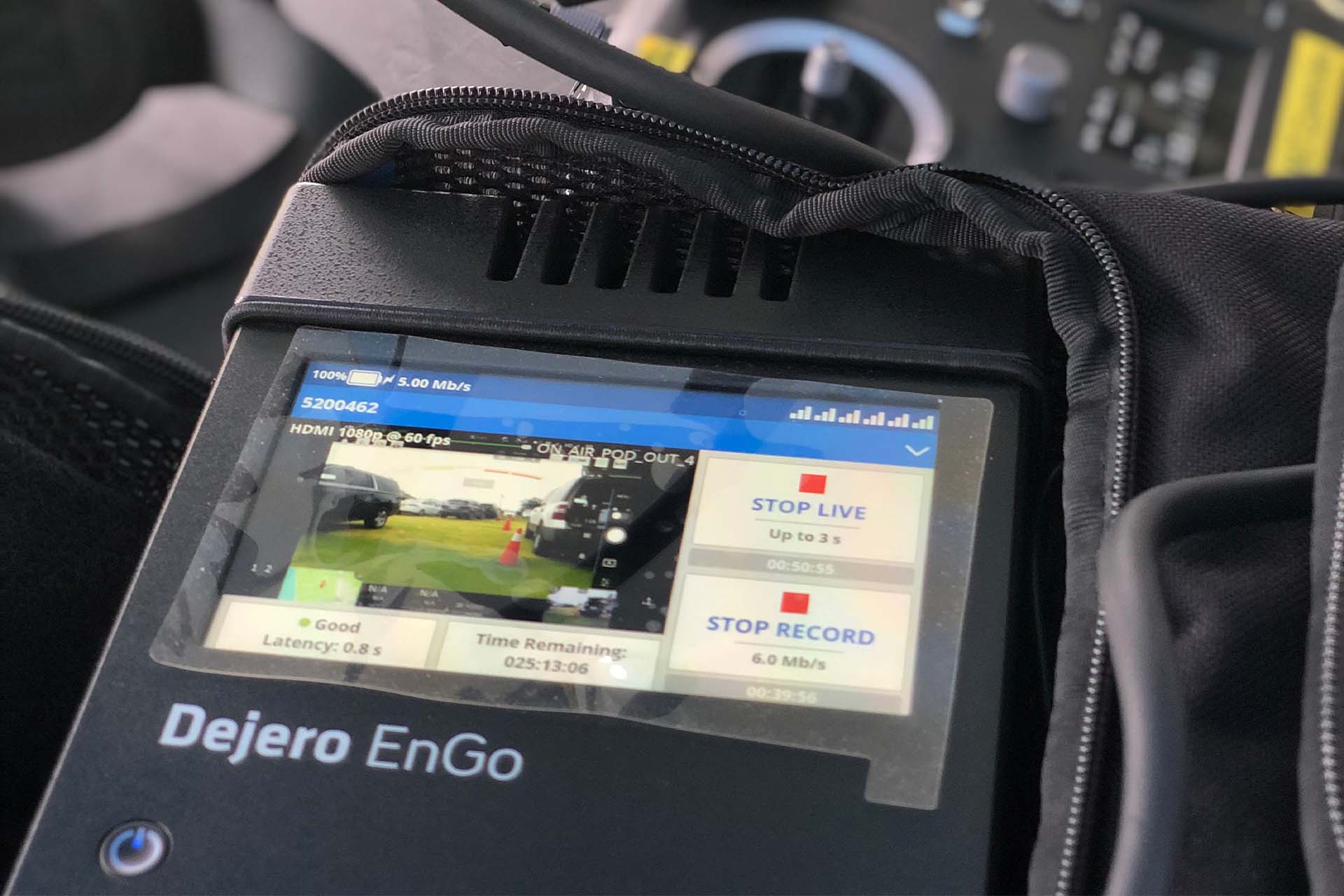It is still early days for 5G, but the groundbreaking technology is already driving incredible growth.
According to research by IHS Markit, 5G-enabled sales are predicted to reach US$13.1 trillion by 2035 and create 22.8 million new jobs. Meanwhile, between 2022 and 2025 the GSMA reports that mobile operators across APAC are set to invest US$227 billion in 5G deployments, while in April 2023 the UK government pledged a US$50 million investment in its Wireless Infrastructure Strategy to provide 100% of 5G coverage for all populated areas by 2030.
5G is firmly on the world’s agenda promising to deliver faster speeds, higher capacity, lower latency, increased flexibility and overall more reliable connectivity. In addition, it introduces useful new features such as network slicing, which allows mobile operators to allocate a portion of its network to a specific application or customer.
These benefits will not only provide more stable connections, but they will have an enormous impact on industries that demand reliable, low-latency connectivity. Helping to accelerate the transition from traditional on-prem equipment to more flexible remote and cloud-based workflows, 5G networks could replace legacy wired connections altogether.
It is truly revolutionary.
But we’re not there yet.
Piggybacking
The world is still transitioning between 4G Long Term Evolution (LTE) and 5G, and is yet to reap the benefits of 5G’s enormous potential. Most parts of the world are using non-standalone 5G, which is seen as a stepping stone to standalone 5G (5G SA). Non-standalone 5G is where carriers use 5G radio technology and bolt it onto their existing 4G LTE infrastructure and so is unable to deliver 5G’s full potential; while it enables faster upload and download speeds it is nowhere near the 100x increase that 5G SA is expected to deliver.
In fact, latency is almost identical to 4G LTE.
With an increasing number of managed trials of 5G SA, the tide is turning and as more 5G core networks are brought online, applications like broadcast and public safety will take full advantage. Latency improvements will enable cloud services to run even closer to the edge, while the introduction of technologies like millimeter wave radio which operates at much higher frequencies and can be deployed in congested places like shopping malls and sports stadiums, improving data speed.
When 5G is ready, we’re ready
In order to leverage the full power of 5G SA networks, ancillary equipment has to be complimentary. Until that time, Dejero’s next generation 5G video mobile transmitters are already fully compatible with non-standalone 5G – and customers are already taking full advantage.
Not only are they fully 5G compatible, but our best-in-class, award-winning RF and antenna design combine 5G with Dejero’s Smart Blending Technology™ to deliver resilient connectivity across a range of transmission and GateWay products.
In fact, Dejero’s range of Smart Blending Technology devices is already providing the same low-latency, reliable and robust connectivity that 5G SA promises to deliver.
To guarantee connectivity across the widest range of locations, Smart Blending Technology combines 5G with multiple cellular networks, fiber, and Starlink LEO satellite connections to create a virtual 'network of networks'. For example, you could be in an area that has good cellular 5G modem coverage, but another location may have limited connectivity and blending in another connectivity path, such as a Starlink satellite, can help.
Smart Blending Technology also protects against fluctuating bandwidth, packet loss and latency differences by re-routing packets across other connections in the same bonded link in real time: 5G is simply another element in the mix as Smart Blending Technology continues to deliver robust connectivity and increased low-latency network coverage from anywhere on the planet.
In addition, Dejero’s Smart Blending Technology already provides similar functionality to 5G SA’s promised network slicing capability – if a particular application requires a low latency connection, Dejero can prioritize it to ensure it uses the lowest latency connections.
It also allows customers to define which connections they want to use for certain types of traffic. For example, sensitive confidential data can be prioritized on private connections, utilizing public connections only if there isn't enough bandwidth available or those private connections are unavailable.
Already working with it
Focused on the 5G future, Dejero is bridging the gap between a carrier’s speed and our customers’ desire to invest in future proof technologies.
5G private networks are already being promoted as an alternative to Wi-Fi in environments where 5G can bring enhanced security, better coverage and increased range. Dejero’s ability to blend private 5G networks with public 5G and other forms of connectivity not only guarantees better performance, but also delivers enhanced security as it bypasses public internet. In applications like public safety, who often use their own private off-intranet backhaul in addition to public cell towers, this builds the confidence needed to keep communities safe.
Ready for the future
Whether it’s enabling remote workflows, creating live video in the field or guaranteeing low-latency connections for data transfer, Dejero has always focused on resilient connectivity.
As more networks transition to a 5G future, our built-in modems will continue to support a broad range of cellular bands to enhance 5G performance, as well as the tools to manage greater bandwidth than a single channel path can provide.












